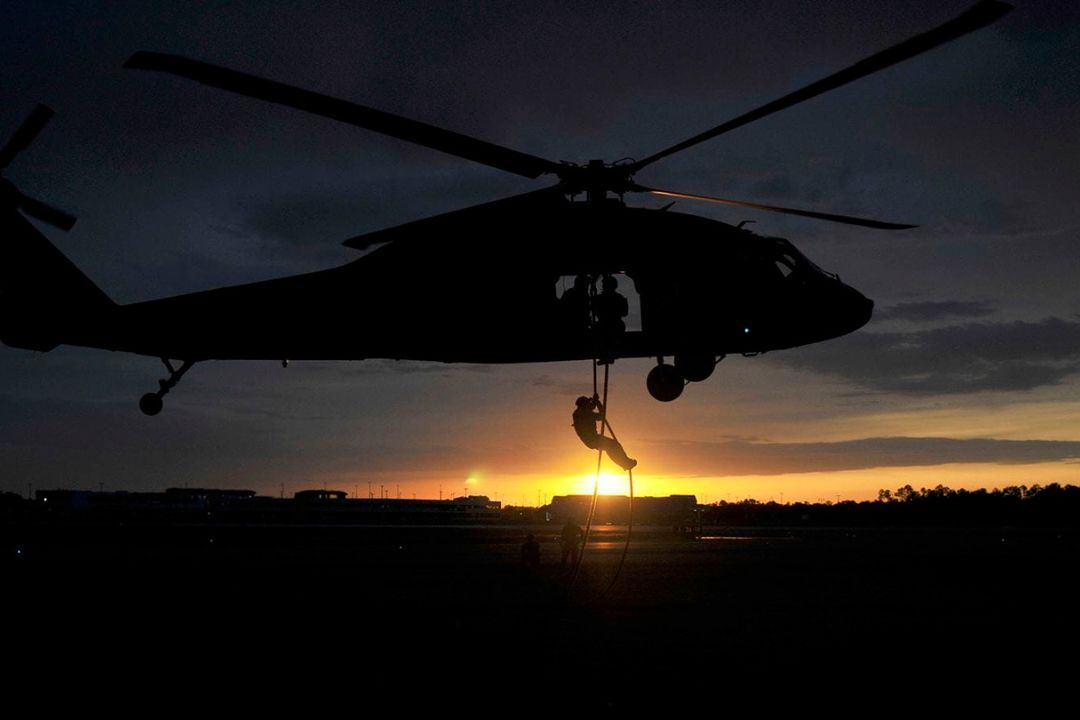The Collins DF-500 Direction Finder is a high-performance airborne system developed to support modern search-and-rescue operations. Combining wide frequency coverage, precise signal detection, and advanced interoperability, it enables rapid location of distress beacons across a variety of mission profiles. With both military and civil versions available, the DF-500 offers a versatile and reliable solution for global SAR teams.

Collins DF-500

Advanced Capabilities for Rapid and Accurate Signal Detection
The Collins Aerospace DF-500 Direction Finder is a state-of-the-art, software-defined radio system engineered to enhance the effectiveness of airborne search-and-rescue (SAR) missions. Covering a wide frequency range from 30 to 407 MHz, it supports all major distress signals including 121.5 MHz, 243 MHz, and COSPAS-SARSAT 406 MHz, along with ARGOS, AIS, and DSC protocols. Its omnidirectional, flush-mounted antenna ensures constant 360° scanning, while its multichannel architecture allows simultaneous monitoring of multiple frequencies. The DF-500 delivers rapid signal acquisition—under 300 milliseconds—and highly accurate bearings of less than 3°, enabling SAR teams to quickly locate beacons up to 116 nautical miles away, even identifying beacon GPS coordinates when available.
Flexible Integration and Future-Proof Design
Designed with flexibility and future-readiness in mind, the DF-500 is fully compatible with existing SAR aircraft platforms and is backward-compatible with its predecessor, the DF-430. It requires minimal integration effort, supports both ARINC 429 and MIL-STD-1553B bus configurations (excluding the civil version DF-500C), and offers high reliability with MTBF ratings exceeding 13,000 hours. The system is software-upgradable to accommodate future protocols, including the Galileo SAR downlink, ensuring long-term operational relevance. Compact, rugged, and available in both military and export-license-free civil versions, the DF-500 is a powerful asset for reducing search times, improving crew safety, and ultimately saving more lives.